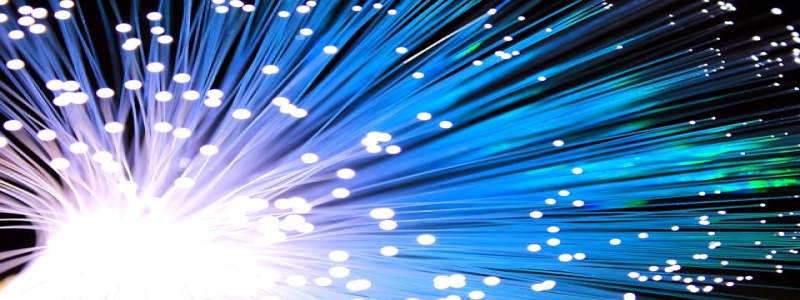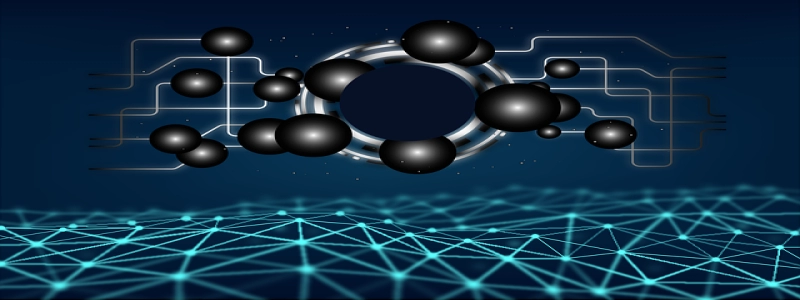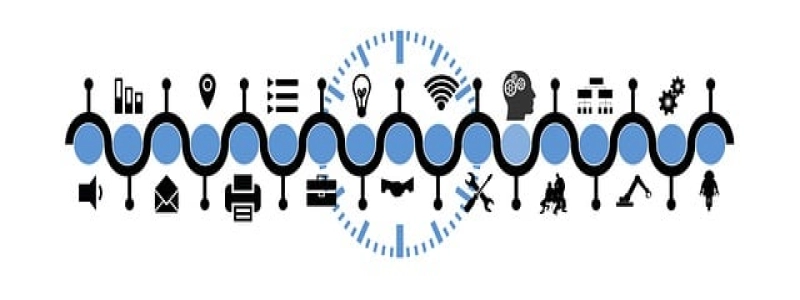Title: Alternative to Ethernet Cable
Introduction:
In today’s fast-paced digital world, a reliable and efficient internet connection is crucial. Ethernet cables have been the traditional method of connecting devices to routers or modems, ensuring stable and high-speed internet access. However, there are situations where using an Ethernet cable might not be practical or feasible. In this article, we will explore alternative options to Ethernet cables, offering flexibility and convenience.
1. Wi-Fi:
Wi-Fi is one of the most popular alternatives to Ethernet cables. It allows devices to connect to the internet wirelessly, providing freedom of movement and eliminating the need for physical cables. Wi-Fi networks use radio waves to transmit data, and most modern routers support high-speed Wi-Fi connections. However, the signal strength and quality can be affected by obstacles such as walls or interference from other electronic devices.
2. Powerline Adapters:
Powerline adapters utilize the electrical wiring in a building to transmit data signals. They consist of two adapters – one connected to the router and plugged into a power outlet, and the other adapter connected to the device requiring internet access. This technology provides a wired connection through the electrical circuit, eliminating the need for Ethernet cables. Powerline adapters offer relatively stable and high-speed connections, although performance may vary depending on the electrical wiring in the building.
3. Mesh Networks:
Mesh networks are gaining popularity as a reliable alternative to Ethernet cables, especially for larger homes or offices. A mesh network consists of multiple access points or nodes placed strategically throughout the premises. These nodes communicate with each other, creating a seamless wireless network coverage. Mesh networks ensure a consistent and stable internet connection, even in areas with weak Wi-Fi signals. Furthermore, they offer the flexibility of adding more nodes to expand the coverage if needed.
4. Fiber Optic:
Fiber optic cables are known for their incredibly fast and reliable internet connections. While initially used for long-distance connections or internet backbone infrastructure, fiber optic technology is now available for home and small office use. Fiber optic cables transmit data as pulses of light through thin strands of glass or plastic, allowing for extremely high-speed internet access. However, installing fiber optic cables might require professional assistance and can be expensive.
Conclusion:
In a world where staying connected is essential, Ethernet cables have been the go-to solution for reliable internet connections. However, there are viable alternatives available that offer flexibility and convenience. Wi-Fi, powerline adapters, mesh networks, and fiber optic cables provide different options for users to enjoy stable and high-speed internet access without the need for physical Ethernet cables. Consider your requirements and the limitations of each alternative to choose the best option for your specific situation.








